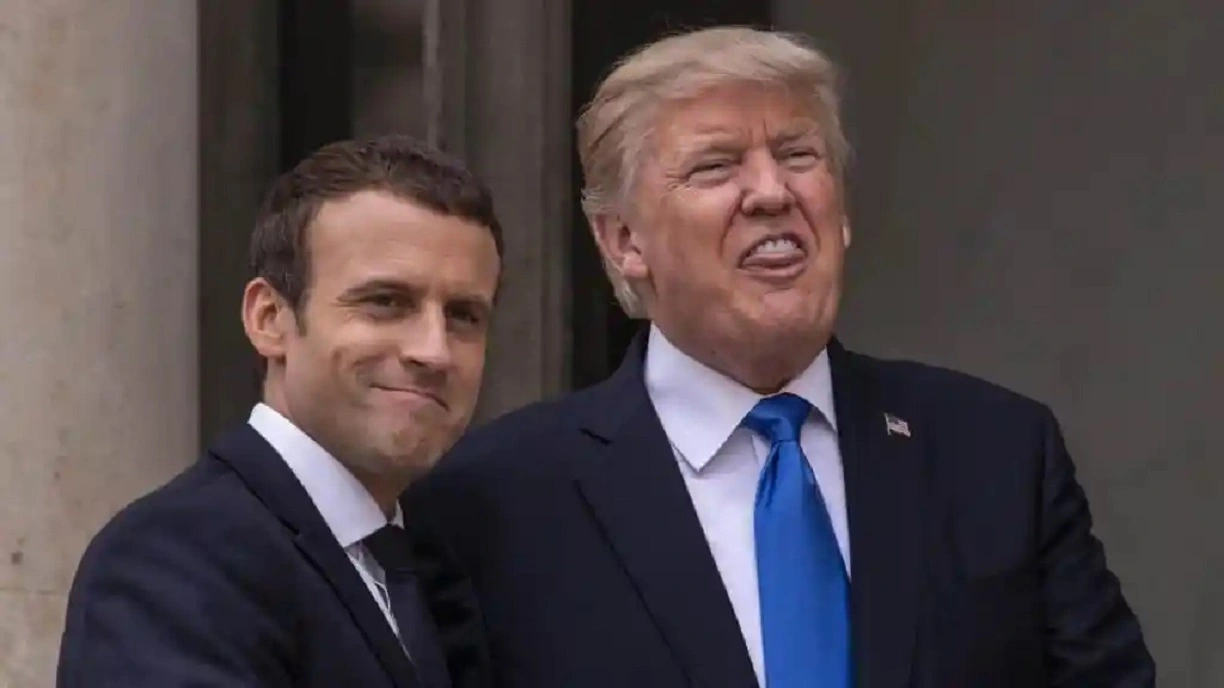USA: Trump is considering sending illegal European migrants, including French, to Guantanamo
An extensive project is in preparation in the United States. According to an investigation by the American media outlet Politico, the Trump administration is considering transferring up to 9,000 migrants to the Guantanamo detention center, with the ultimate goal of accommodating up to 30,000 people. This initiative, which has not yet been officially confirmed by the White House, is already causing significant concerns, particularly regarding international law.

SUMMARY
Guantanamo, known for having housed so-called illegal combatants after the September 11, 2001 attacks, could now serve as a detention site for migrants identified as being in irregular situations on American soil. While small-scale transfers had already begun, the current project would mark a change in scope.
According to published information, the migrants would be temporarily detained at the base before being deported to their countries of origin. The medium-term goal would be to increase the camp’s capacity to 30,000 people, which would require significant redevelopment work.
What surprises about this project is the origin of the people involved. In addition to nationals from Latin America and the Caribbean (including Haitians, Venezuelans, and Nicaraguans), there is also talk of numerous Africans (Somalis, Sudanese, Eritreans) and, in a first, European citizens. Migrants from the United Kingdom, France, Italy, Belgium, the Netherlands, Germany, Lithuania, Poland, and Ukraine are reportedly on the lists.
At this stage, no official communication has been made by the countries concerned, and it is even mentioned that some capitals – including Paris – have not been informed, which would pose a compliance issue with the Geneva Convention and international standards regarding the treatment of people.
Guantanamo, a site under tension
The American naval base at Guantanamo, located on the island of Cuba, remains one of the most controversial symbols of American security policy. Leased for over a century, it still houses active military infrastructures, although the number of military personnel on site has significantly decreased since the Cold War.
The prison, built in 2001 under George W. Bush, has hosted up to 780 detainees, accused of terrorism or illegal activities related to conflicts in the Middle East. Today, only about fifteen remain, some charged for the September 11 attacks, such as Khalid Sheikh Mohammed.
However, the center remains extremely costly for Uncle Sam. According to The New York Times, the annual cost amounted to $540 million in 2019, or about $13 million per detainee. This budgetary reality makes any expansion financially problematic.
Besides the legal and logistical challenges, Guantanamo remains associated in public opinion with images of detainees in orange jumpsuits, handcuffed, with blindfolded eyes – a powerful and controversial symbol. The prison is also suspected of having been the scene of torture practices, which the American military has never officially acknowledged. Barack Obama attempted to close this site during his two terms, without success.


Comments